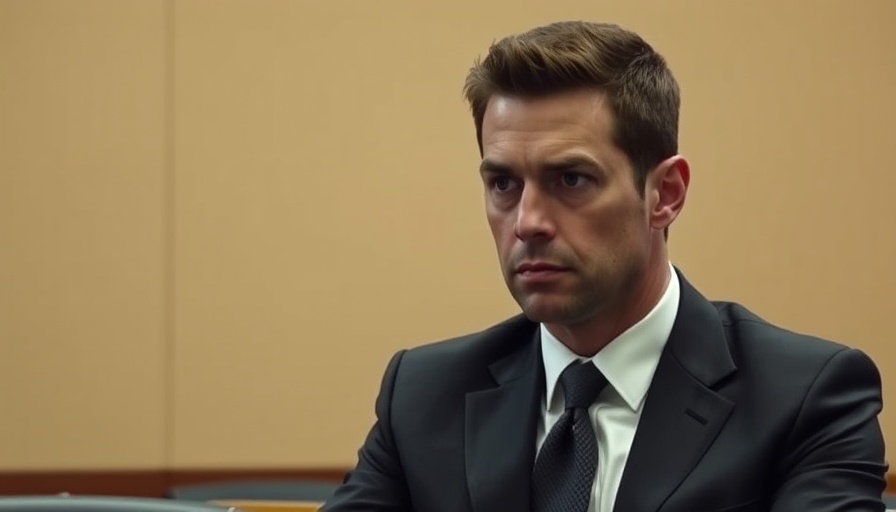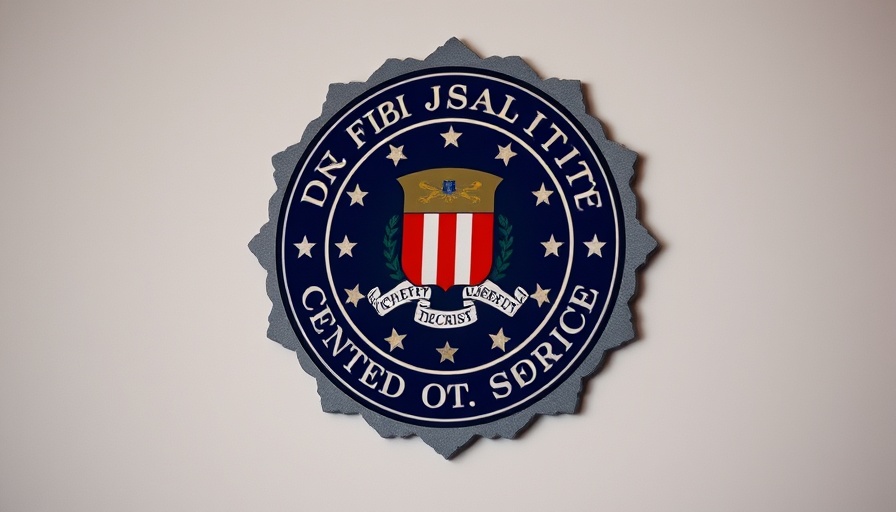
The Reality of Officer-Involved Shootings
The recent incident involving a Templeton man firing at deputies in San Luis Obispo County is a stark reminder of the unpredictable nature of law enforcement. According to reports, Thomas Farrell, 37, was under the influence of nitrous oxide — or "whippets" — when he ambushed deputies who responded to calls about an intoxicated individual firing a weapon. This troubling scenario spotlights the dual pressures on law enforcement: the immediate dangers they face and the ramifications of those confrontations.
Dash Cam Technology: A Double-Edged Sword
As seen in the released dash and body camera footage, technology plays a crucial role in documenting incidents involving police and firearms. This incident furthers the discussion on the implications of body cameras, which are designed to enhance transparency and accountability within police departments. The footage of the ambush, which showed Farrell firing from a concealed position, highlights the importance of real-time access to multiple perspectives during such hectic interactions.
Examining Police Protocols and Officer Safety
What protocols are in place to ensure that deputies are prepared for confrontations like the one in Templeton? In light of Farrell's brazen ambush that resulted in a shootout, many are questioning the adequacy of police training and the equipment available. Enhanced training programs focusing on recognizing and responding to potentially dangerous situations can aid in improving officer safety. With officers only recently re-entering the field post-incident, their mental well-being has come into sharper focus, illuminating the conversation over officer wellness and mental health resources.
Community Relations: Bridging the Gap
Ambush attacks against law enforcement not only perpetuate a cycle of violence but also deteriorate community trust. This incident starkly illustrates the crucial need for law enforcement agencies to foster positive relations with the communities they serve. Proactive engagement via community outreach programs can build trust and lead to better cooperation with local residents. Moreover, understanding the socio-economic factors that lead to these violent confrontations is essential, as it allows for tailored interventions that promote safety and public health.
Looking Ahead: Policy Implications
This incident is part of a broader trend that begs examination of the existing policies surrounding police encounters with intoxicated individuals. What reforms can be enacted to ensure safety for both officers and civilians? With ongoing discussions surrounding police reform at the forefront of public discourse, the San Luis Obispo shooting serves as a catalyst for a reevaluation of law enforcement strategies. Enhanced mental health evaluations, better crisis intervention training, and restructured patrol protocols may warrant additional attention to diminish the likelihood of future violent confrontations.
Final Thoughts on the Incident
In conclusion, the ambush shooting involving Thomas Farrell raises critical questions not only about law enforcement tactics but also about the state of community relations and the mental health resources available for officers. As discussions unfold on accountability, policing methods, and the importance of technology in documenting these incidents, it is abundantly clear that the path forward must involve a collaborative approach between police agencies and the communities they serve.
This incident, while unfortunate, offers a chance to reflect on existing practices and bolster future strategies that may prevent similar confrontations.
 Add Row
Add Row  Add
Add 

 Add Element
Add Element 




Write A Comment